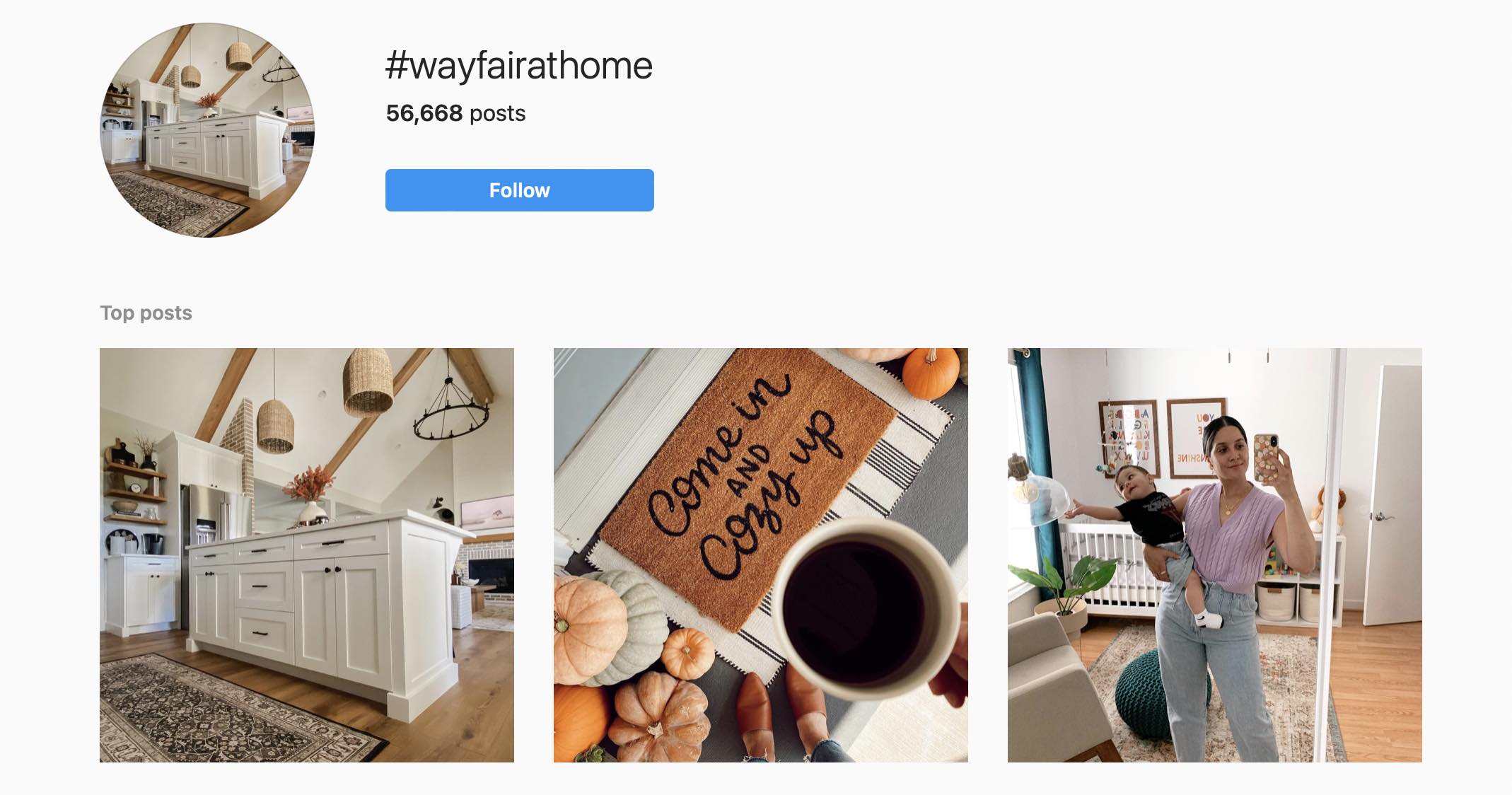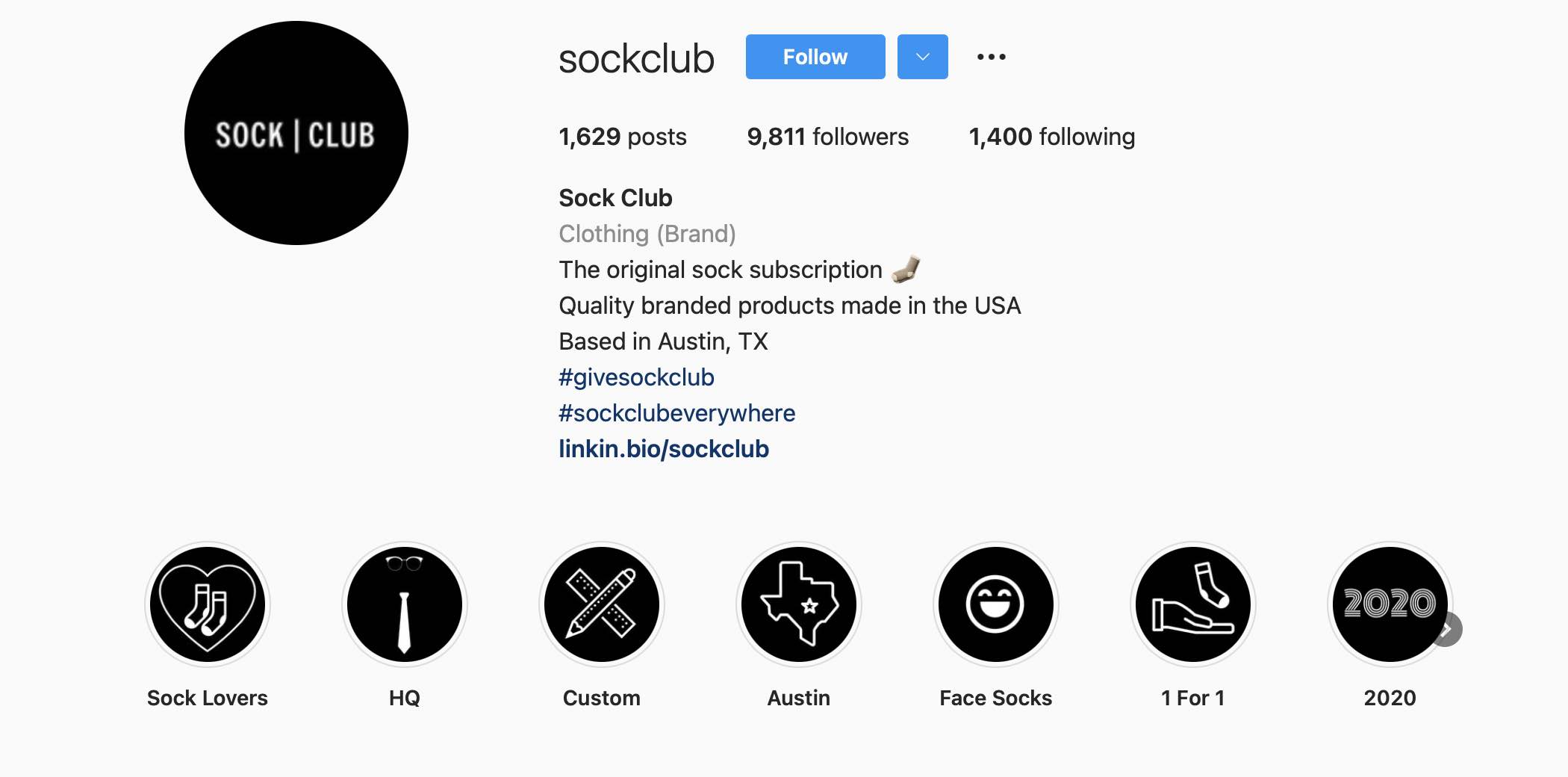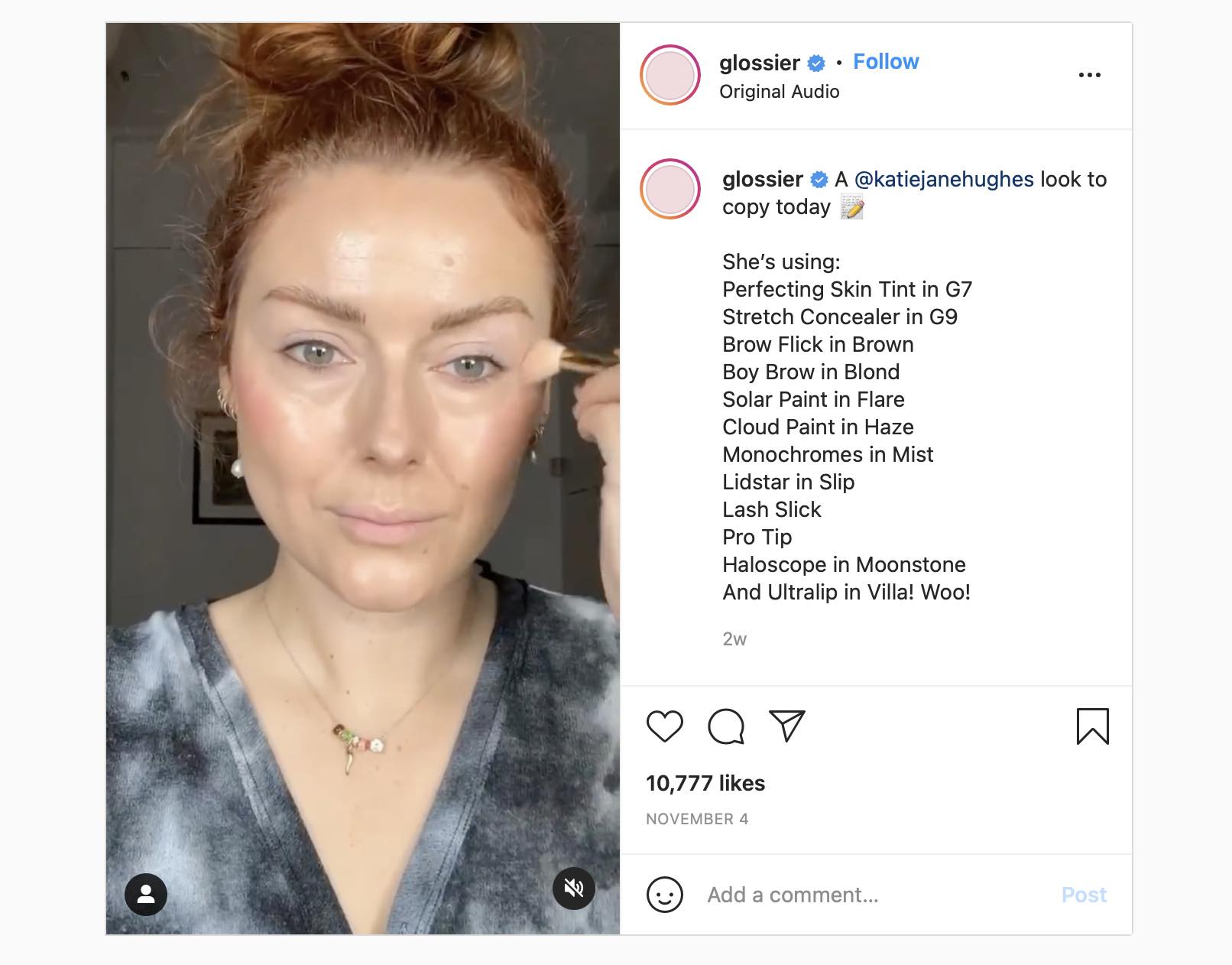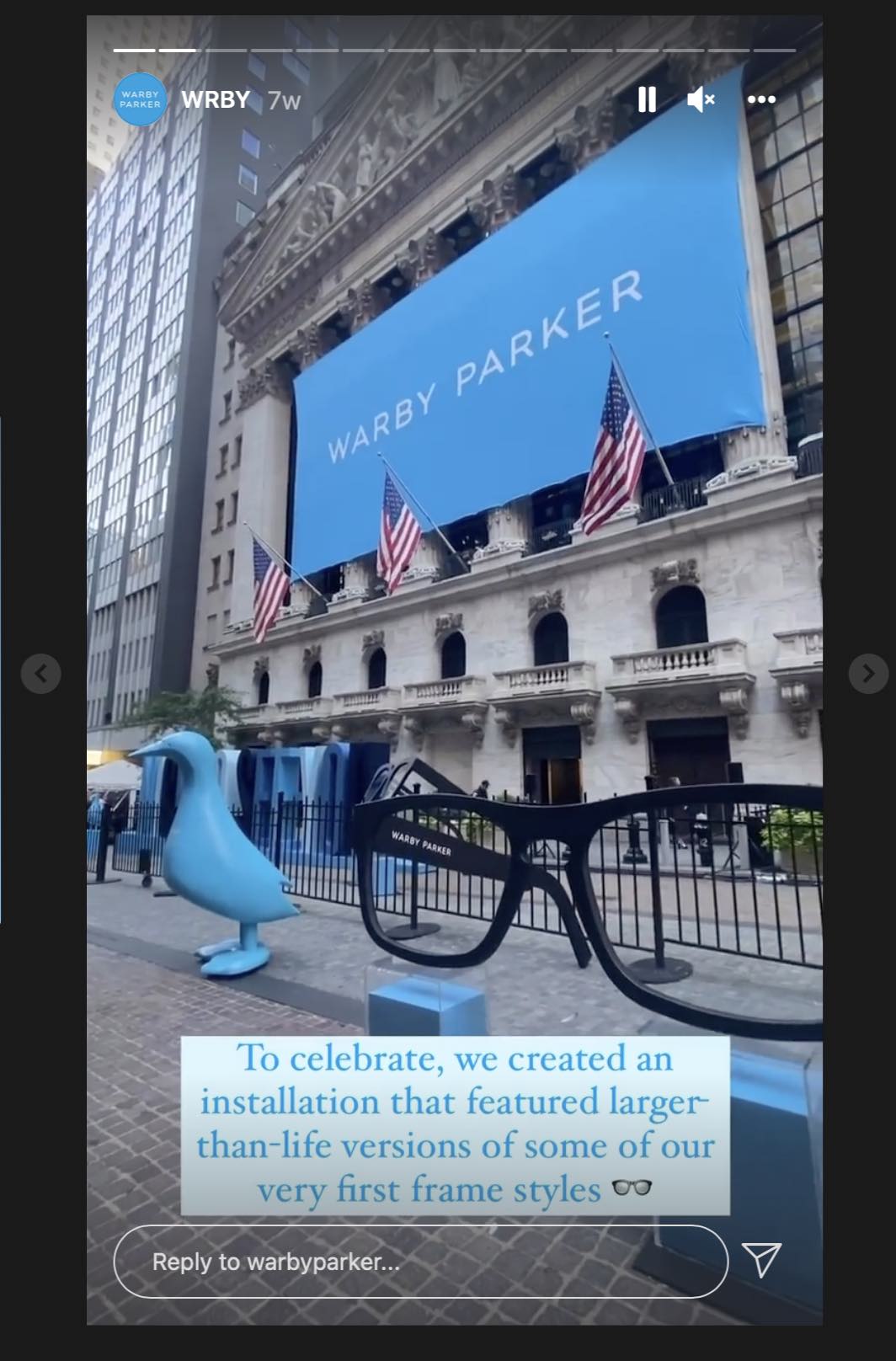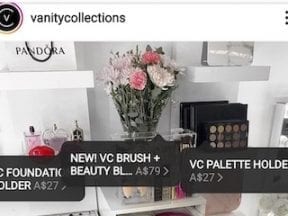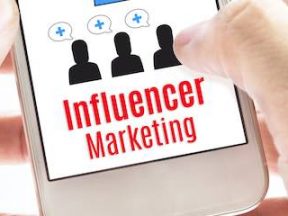Instagram is a marketing powerhouse. According to Hootsuite, 81% of Instagram users have used the social network to research and discover new products and services. But ecommerce merchants often miss the opportunity. Too many focus solely on sharing product images, not connecting with prospects.
I’ve collected in this post seven types of content ecommerce merchants can use on Instagram to connect and engage with followers.
Ecommerce Content for Instagram
User-generated. Instagram may be the best social platform for engaging an ecommerce audience. Customers can use a merchant’s branded hashtags to share authentic experiences — videos or photos — with its products. Consumers view user-generated content as trustworthy.
Consider “re-graming” customer posts on your Instagram page or using Instagram’s Stories to feature user content that highlights your brand.
Wayfair’s #WayfairAtHome campaign is an excellent example of employing user-generated content. The campaign highlights how Wayfair customers use its products in their homes. The campaign has roughly 56,000 post shares. It is a powerful way to build social proof around the Wayfair brand.
—
Interactive content such as contests and polls is relatively new to social media. But it is an effective way to engage an audience and learn customers’ preferences about your products. Photo contests can help ecommerce businesses grow subscribers while producing fun and relatable content.
Sock Club, an ecommerce subscription service, uses Instagram’s Stories to feature contests that pit sock designs against each other to determine customers’ preferences.
—
Lifestyle. A common mistake of ecommerce merchants on Instagram is not understanding lifestyle marketing. Avoid posting too many photos of what you’re selling. Instagram is not an ecommerce store. It’s a platform to share one’s lifestyle. Your posts should reflect that cultural ethos.
Do not fill up your feed with salesy product images against white backgrounds. Focus instead on telling stories and building connections. Lifestyle stories about your products are one of the easiest ways to do that.
Nike’s Instagram page does an amazing job selling shoes. But the page includes no product prices, just stories of folks wearing its shoes.
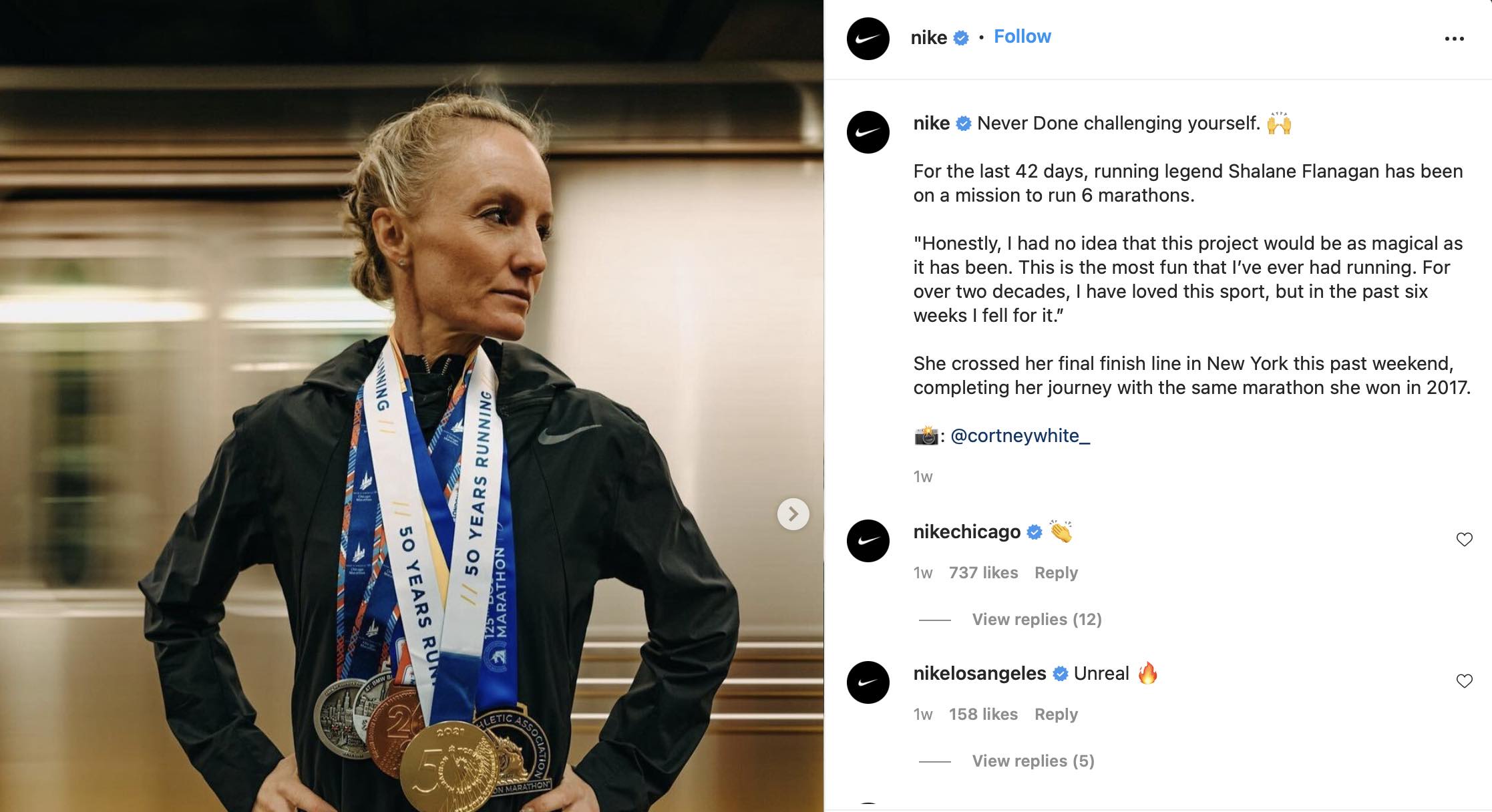
Nike’s Instagram page does an amazing job selling shoes. But the page includes no product prices, just stories of folks wearing its shoes.
—
Products in context. Placing products in their proper context while telling a story can drive sales. Glossier, the online beauty company, does a fabulous job creating in-context makeup tutorials that explains how to use its products together. Showing customers in real-life scenarios how your products enrich their lives makes for shareable content.
—
Behind-the-scenes. One of the best ways to connect with consumers is by addressing how your product is made or the daily operations of your business. I use this in my own business of original paintings. A more traditional ecommerce example is Warby Parker. Its Instagram page and Stories reveal behind-the-scenes footage of the company’s key milestones and moments.
—
Funny and inspirational quotes spark engagement. Instagram users love to share and comment on quotes. But they’re most powerful when they align with your brand and help sell your products. User-generated quotes can bolster social proof. Reposting followers’ funny memes can trigger an organic viral campaign. Drunk Elephant, a skincare provider, posts jokes that often have nothing to do with skincare, but they are difficult not to share with friends.
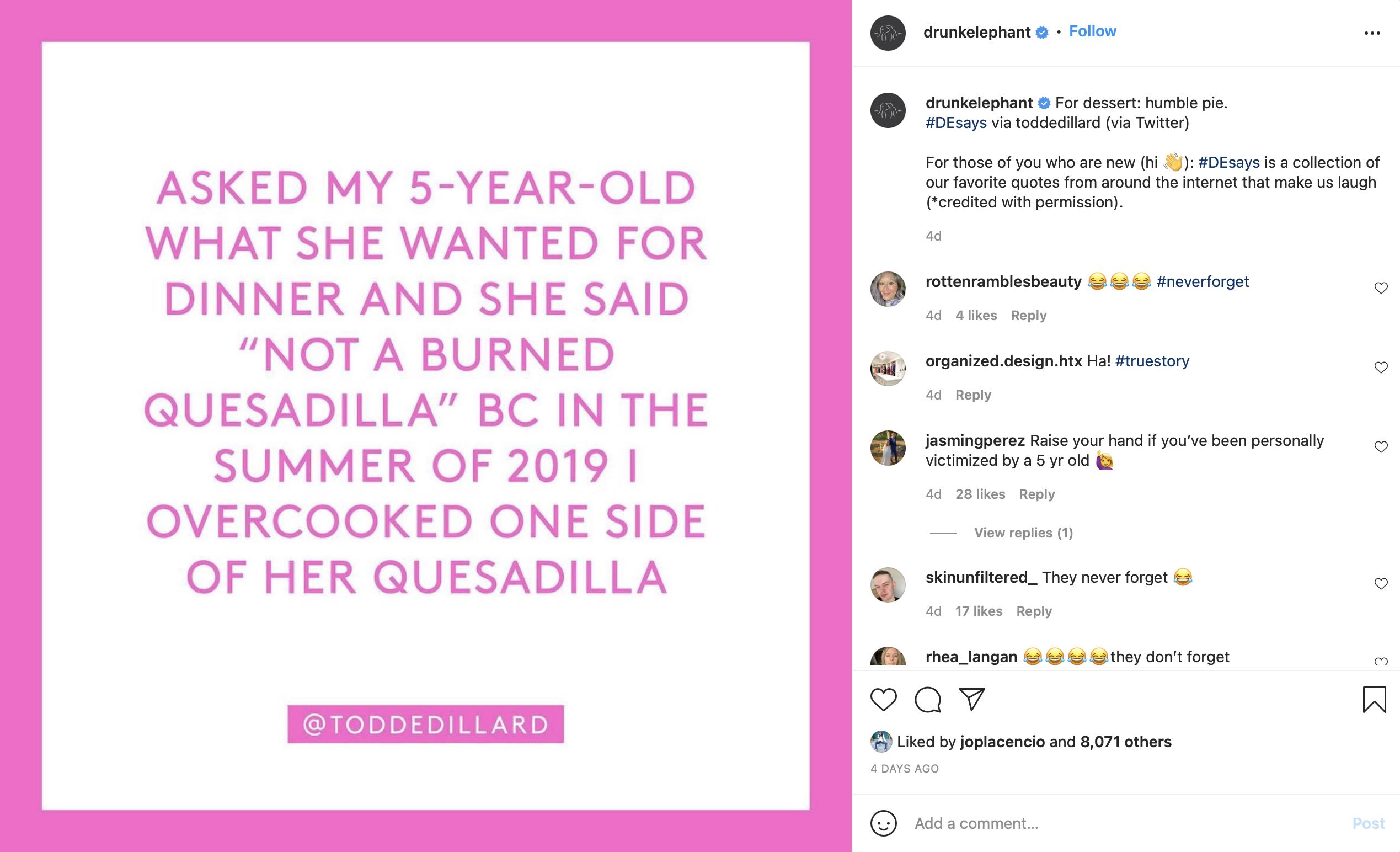
Drunk Elephant posts jokes that often have nothing to do with skincare, but they are difficult not to share.
—
Influencer partnerships, done well, can create compelling content. But avoid partnerships that solely promote your product. Instead, create authentic experiences that help grow your following. Daniel Wellington, an online watch company, reportedly used micro-influencers on Instagram to help drive sales to $180 million in five years. Talented influencers can solve two problems: advertise your products and generate quality images for later use.
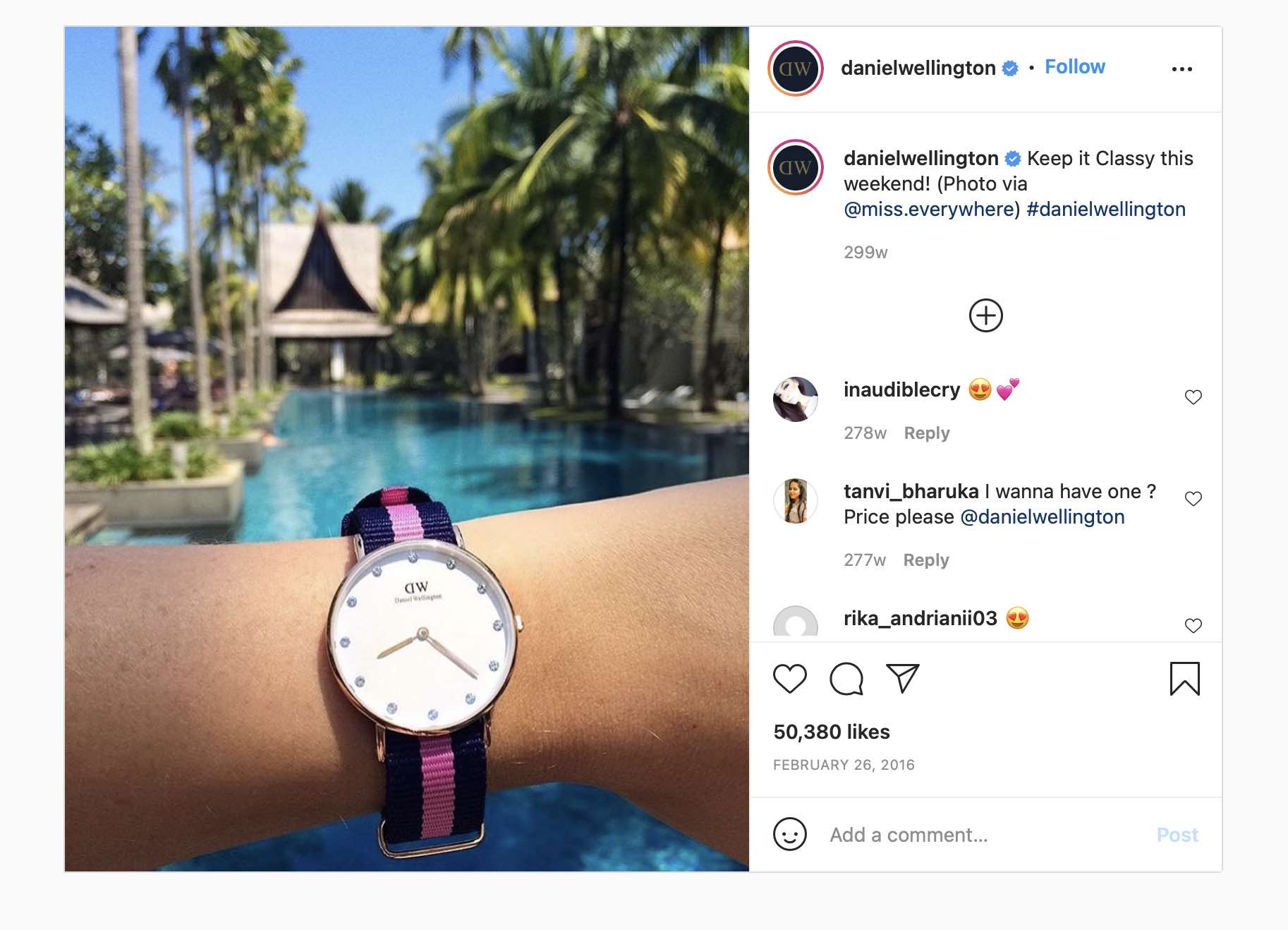
Daniel Wellington used micro-influencers on Instagram to help grow sales to $180 million in five years.

